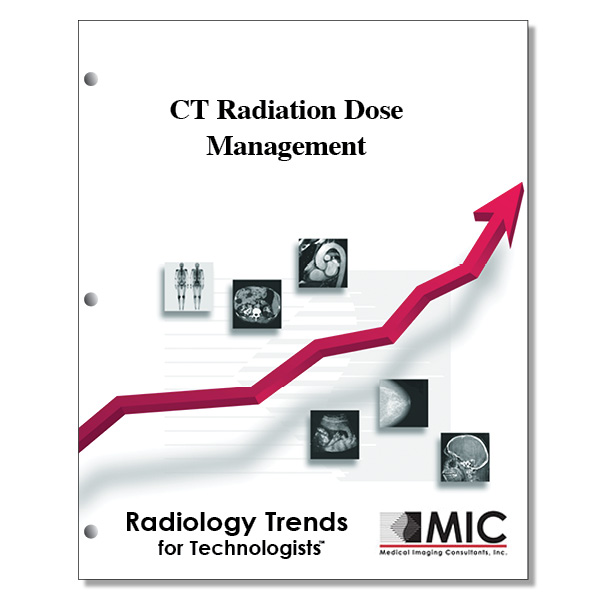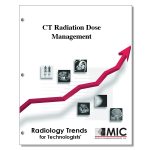

CT Radiation Dose Management
The concept of dose management is presented and its implementation to promote a beneficial “dose culture” is discussed.
Course ID: Q00497 Category: Radiology Trends for Technologists Modalities: CT, Radiation Therapy1.75 |
Satisfaction Guarantee |
$24.00
- Targeted CE
- Outline
- Objectives
Targeted CE per ARRT’s Discipline, Category, and Subcategory classification for enrollments starting after February 17, 2023:
[Note: Discipline-specific Targeted CE credits may be less than the total Category A credits approved for this course.]
Computed Tomography: 1.50
Safety: 1.50
Radiation Safety and Dose: 1.50
Outline
- Introduction
- CT Dose Management
- What is it and Why is it Necessary
- How is it Done
- Use of Data from Digital Imaging and Communications in Medicine
- Home-grown Programs
- Vendor-developed Radiation RTS Solutions
- How We Use an RTS in Exposing the Exposure
- At Patient Level
- At Institutional Level
- Advantages
- Challenges
- Outlook
- Conclusion
Objectives
Upon completion of this course, students will:
- be familiar with the rapid growth of CT
- understand the past methods of dose management
- be familiar with ALARA
- understand the role CT manufacturers have played in reducing radiation
- be familiar with CT dose descriptors
- know the existing campaigns to reduce radiation exposure
- be familiar with the actions necessary to reduce radiation exposure in CT
- identify the culture promoted in this article
- know the characteristics of a dose management system
- be familiar with DICOM RDSR
- identify an example of a “home grown” dose management system
- identify examples of the vendor-developed RTS solutions
- be familiar with the steps taken in installing an RTS solution
- understand the role of the medical physicist in the optimization process
- identify the main objective of the RTS at a patient level
- be familiar with the author’s recommended effective dose limits
- be familiar with the goal of the RTS at the institutional level
- understand the differences in radiation exposure due to technology
- be able to interpret dose management reports
- understand dose management findings
- be able to interpret dose management finding in SSDE
- be familiar with technical challenges for implementing RTS
- be able to interpret the findings as reported by the authors
- be able to interpret the findings as demonstrated by the authors
- understand the challenges of implementation of RTS
- be familiar with the potential advantages of a CT dose registry
- be familiar with the CT dose registry discussed in the article
- understand the DRL
- be familiar with the adjuvants to RTS
- identify the advantages of using a dose management system
